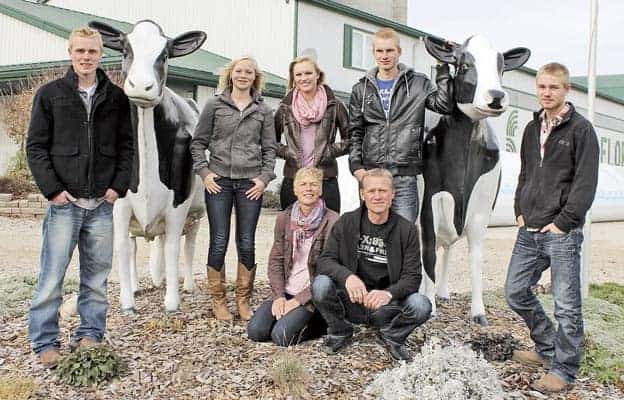;
;
;

The supply management system in Canadian agriculture continues to be a contentious issue, most notably between dairy farmers and opponents who advance free-market ideals. Against this backdrop of continuing calls for deregulation from right-wing pundits and consumer groups, the Dairy Farmers of Cana
Last updated on May 04, 23
Posted on Feb 13, 15
5 min read
